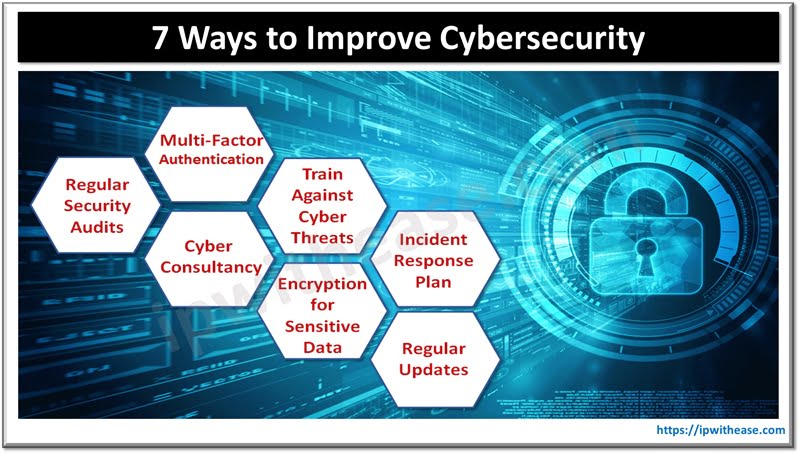Table of Contents
In the modern business environment, the strength of an organization’s network infrastructure is crucial for its operations. Whether you’re a startup or a large corporation, establishing a robust network involves strategic planning, adherence to best practices, and leveraging cutting-edge technologies.

Steps to build a Robust Network Infrastructure
Assessing and Planning
The first step in building a resilient network infrastructure is conducting a comprehensive assessment of your organization’s current and future needs. This assessment involves inventorying existing hardware and software, analyzing current traffic patterns and bandwidth usage, auditing security vulnerabilities, and anticipating scalability requirements as your business grows.
Designing the Network Architecture
After assessing your needs, design a network architecture that aligns with both your business goals and technical requirements. Choose from network topologies like star, mesh, or hybrid configurations to suit your operational needs. Introduce redundancy measures to enhance availability and reliability and consider implementing network segmentation to bolster security and optimize performance. Ensure that Quality of Service (QoS) is prioritized for critical applications to maintain optimal functionality and user experience.
Selecting the Right Equipment
Selecting the right equipment is crucial for building a reliable network infrastructure. This includes choosing routers, switches, firewalls, and an agg router that meet performance, scalability, and security needs. Agg routers, or aggregation routers, play a pivotal role in consolidating and managing network traffic efficiently, ensuring seamless connectivity across the organization. Implementing robust monitoring tools allows for real-time network performance management.
Implementing Security Measures
Security is paramount in any network infrastructure. Implement comprehensive security measures to protect against cyber threats and unauthorized access. Configure firewalls to control and monitor traffic effectively. Utilize encryption protocols like SSL/TLS to secure data in transit. Implement strong authentication mechanisms and role-based access controls (RBAC). Conduct regular security audits and vulnerability assessments to stay ahead of potential threats.
Ensuring Scalability and Flexibility
Plan for future growth and technological advancements by designing a scalable network infrastructure. Ensure your architecture can accommodate new users, devices, and applications seamlessly. Choose equipment and protocols that support future upgrades and innovations. Consider integrating cloud services for scalability, redundancy, and disaster recovery capabilities.
Optimizing Performance
Optimize network performance to enhance user experience and productivity. Manage bandwidth effectively by prioritizing critical applications and optimizing traffic flow. Implement traffic shaping mechanisms to prevent congestion and improve efficiency. Utilize load-balancing techniques to distribute network traffic across multiple paths or servers. Minimize latency through efficient routing and network design.
Disaster Recovery and Business Continuity
Prepare for unforeseen events that could disrupt network operations. Establish robust backup and recovery procedures to protect critical data. Build redundancy into network components and data centers to ensure continuity of operations. Develop an emergency response plan with clear protocols for rapid response and recovery during emergencies.
Conclusion
Building a robust network infrastructure requires careful planning, strategic implementation, and ongoing maintenance. Adhering to these best practices enables organizations to establish a network capable of meeting current operational needs while supporting future growth and innovation. Investing in a reliable network infrastructure is essential to ensure seamless communication, collaboration, and security in today’s digital era.
ABOUT THE AUTHOR
IPwithease is aimed at sharing knowledge across varied domains like Network, Security, Virtualization, Software, Wireless, etc.



